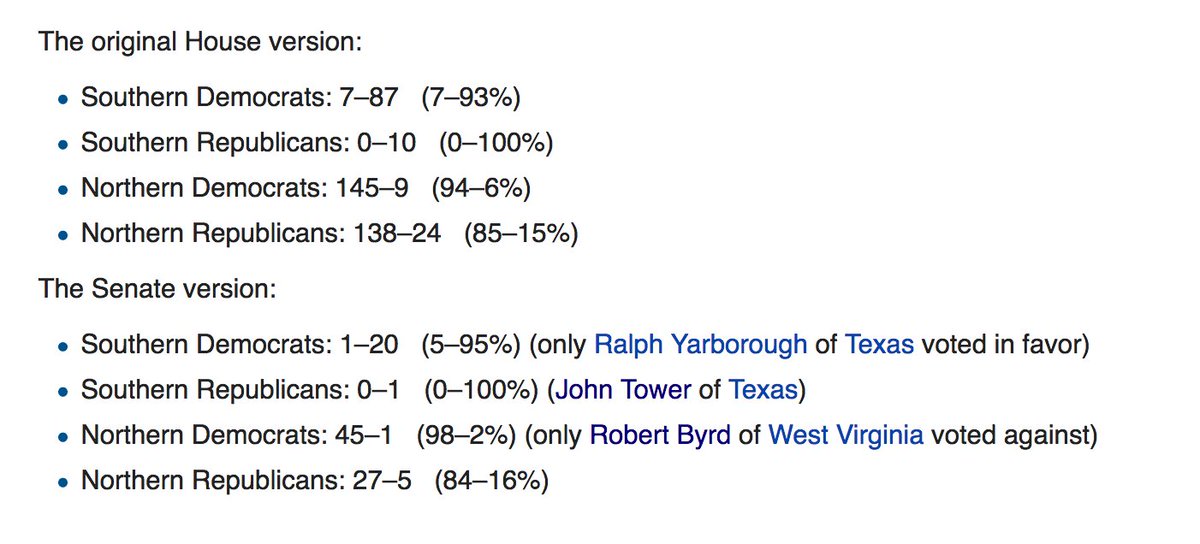Mrs. Rosa Parks asked a question of the policeman who arrested her for refusing to move to the back of the bus on December 1, 1955. In 2022, it is again, and still, a chilling question, to which we have no good answer.

Mrs. Parks being fingerprinted in Montgomery, Alabama; photo from New York World-Telegram & Sun Collection, Library of Congress
Rosa Parks: “Why do you push us around?”
Officer: “I don’t know but the law is the law and you’re under arrest.”
From Rosa Parks with Gregory J. Reed, Quiet Strength
(Grand Rapids, MI: Zondervan Pub. House, 1994), page 23.Photo: Mrs. Parks being fingerprinted in Montgomery, Alabama; photo from New York World-Telegram & Sun Collection, Library of Congress
Today in History at the Library of Congress provides the simple facts:
On the evening of December 1, 1955, Rosa Parks, an African American, was arrested for disobeying an Alabama law requiring black passengers to relinquish seats to white passengers when the bus was full. Blacks were also required to sit at the back of the bus. Her arrest sparked a 381-day boycott of the Montgomery bus system and led to a 1956 Supreme Court decision banning segregation on public transportation.
Rosa Parks made a nearly perfect subject for a protest on racism. College-educated, trained in peaceful protest at the famous Highlander Folk School, Parks was known as a peaceful and respected person. The sight of such a proper woman being arrested and jailed would provide a schocking image to most Americans. Americans jolted awake.
Often lost in the retelling of the story are the threads that tie together the events of the civil rights movement through the 1940s, 1950s and 1960s. As noted, Parks was a trained civil rights activist. Such training in peaceful and nonviolent protest provided a moral power to the movement probably unattainable any other way. Parks’ arrest was not planned, however. Parks wrote that as she sat on the bus, she was thinking of the tragedy of Emmet Till, the young African American man from Chicago, brutally murdered in Mississippi early in 1955. She was thinking that someone had to take a stand for civil rights, at about the time the bus driver told her to move to allow a white man to take her seat. To take a stand, she kept her seat.
African Americans in Montgomery organized a boycott of the Montgomery bus system. This was also not unique, but earlier bus boycotts are unremembered. A bus boycott in Baton Rouge, Louisiana, earlier in 1955 did not produce nearly the same results.
The boycott organizers needed a place to meet, a large hall. The biggest building in town with such a room was the Dexter Street Baptist Church. At the first meeting on December 5, it made sense to make the pastor of that church the focal point of the boycott organizing, and so the fresh, young pastor, Rev. Dr. Martin Luther King, Jr., was thrust into civil rights organizing as president, with Ralph Abernathy as program director. They called their group the Montgomery Improvement Association (MIA). When their organizing stretched beyond the city limits of Montgomery, the group became the Southern Christian Leadership Conference.
- Montgomery Advertiser, December 6, 1955; copyright by the Montgomery Advertiser, via the Memory Project, Library of Congress

Litigation on the boycott went all the way to the Supreme Court (Browder v. Gale). The boycotters won. The 381-day boycott was ended on December 21, 1956, with the desegregation of the Montgomery bus system.
Sources for lesson plans and projects:
- Rosa Parks photo gallery at the Academy of Achievement site
- Time Magazine’s 100 most influential people of the 20th century, Rosa Parks
- Rosa and Raymond Parks Institute for Self Development
- Scholastic.com resources on Rosa Parks
- “The Civil Rights Era,” The Memory Center, Library of Congress
- “We Shall Overcome,” music by Silphia Horton, Frank Hamilton, Guy Carawan, and Pete Seeger
- Highlander Center (successor to the Highlander Folk School)
-

Mrs. Parks’s casket lying in state in the Rotunda of the U.S. Capitol
- Mrs. Parks’s casket at the U.S. Capitol
- Biography of Rev. Dr. Martin Luther King, Jr., at the Nobel Peace Prize site
- Martin Luther King, Jr., Papers Project at Stanford University
- Teaching King, lesson plans and other resources, Stanford University
- The King Center
- Long Island University Library tribute to Dr. King
- “With an Even Hand: Brown v. Board at Fifty,” Library of Congress on-line exhibition
Tip of the old scrub brush to Slacktivist, who gave this post a nice plug.



 Posted by Ed Darrell
Posted by Ed Darrell 

























